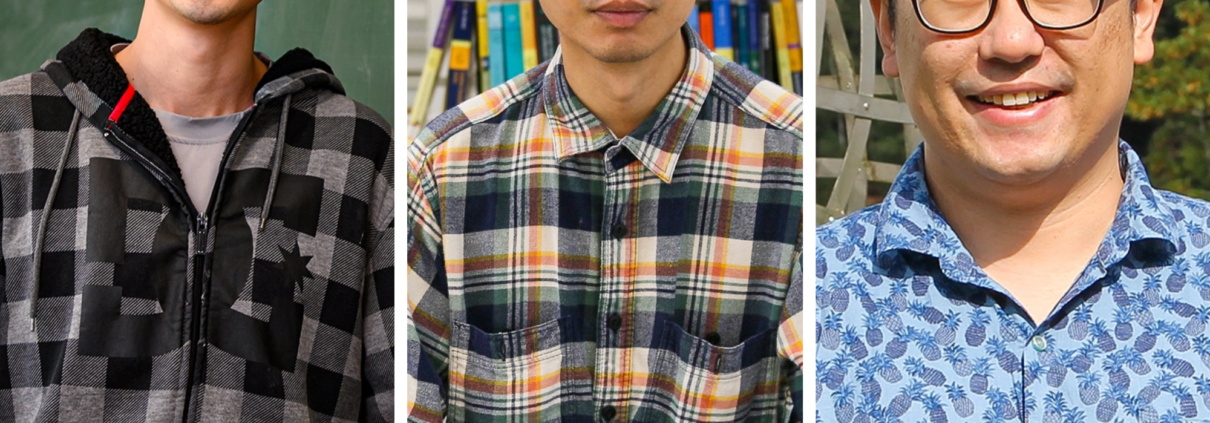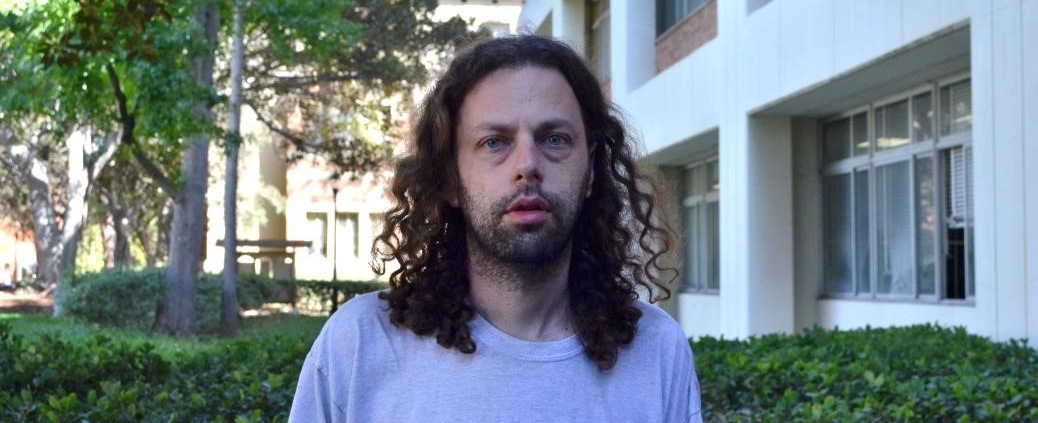Pictured from left to right: Weinan Lin, Fudan University in Shanghai; Guozhen Wang, Fudan University of Shanghai; Zhouli Xu, UCLA Mathematics Professor.
“Mathematicians have put the finishing touches on a story of dimensional weirdness that has been 65 years in the making. For many decades, researchers have wanted to know which dimensions can host particularly strange shapes — ones so twisted that they cannot be converted into a sphere through a simple procedure called surgery. The existence of these shapes, mathematicians have shown, is intimately intertwined with fundamental questions in topology about the relationships between spheres of different dimensions.
Over the years, mathematicians found that the twisted shapes exist in dimensions 2, 6, 14, 30, and 62. They also showed that such shapes could not possibly exist in any other dimension— save one. No one could determine the status of dimension 126.
Three mathematicians have now settled this final problem. In a paper posted online last December, Weinan Lin and Guozhen Wang of Fudan University in Shanghai, along with Zhouli Xu of the University of California, Los Angeles, proved that 126 is indeed one of the rare dimensions that can host these strangely twisted shapes.”
The Kervaire invariant is a Z/2-valued obstruction for a smooth stably framed manifold: it determines whether the manifold can be converted into a homotopy sphere through surgery.
The associated Kervaire invariant problem seeks to identify precisely those dimensions in which smooth framed manifolds with Kervaire invariant one exist. In any such dimension, framed manifolds split evenly: half the cobordism classes carry Kervaire invariant one, the other half zero. This problem is deeply intertwined with several fundamental questions in differential topology, particularly the Kervaire–Milnor classification theorem concerning exotic smooth structures on spheres.
Zhouli Xu and his collaborators resolved the final open case of the Kervaire invariant problem by proving the existence of framed manifolds with Kervaire invariant one in dimension 126. Combined with earlier breakthroughs by Browder, Mahowald–Tangora, Barratt–Jones–Mahowald, and Hill–Hopkins–Ravenel, this shows that smooth framed manifolds of Kervaire invariant one occur in and only in dimensions 2, 6, 14, 30, 62, and 126.
The proof proceeds via detailed computations of the stable homotopy groups of spheres. Xu and his collaborators introduced innovative techniques from motivic and synthetic homotopy theory, enabling them to compute intricate differentials in the Adams spectral sequence through large-scale machine-assisted calculations, ultimately resolving the dimension-126 case.
Read the full Quanta Magazine article here.



